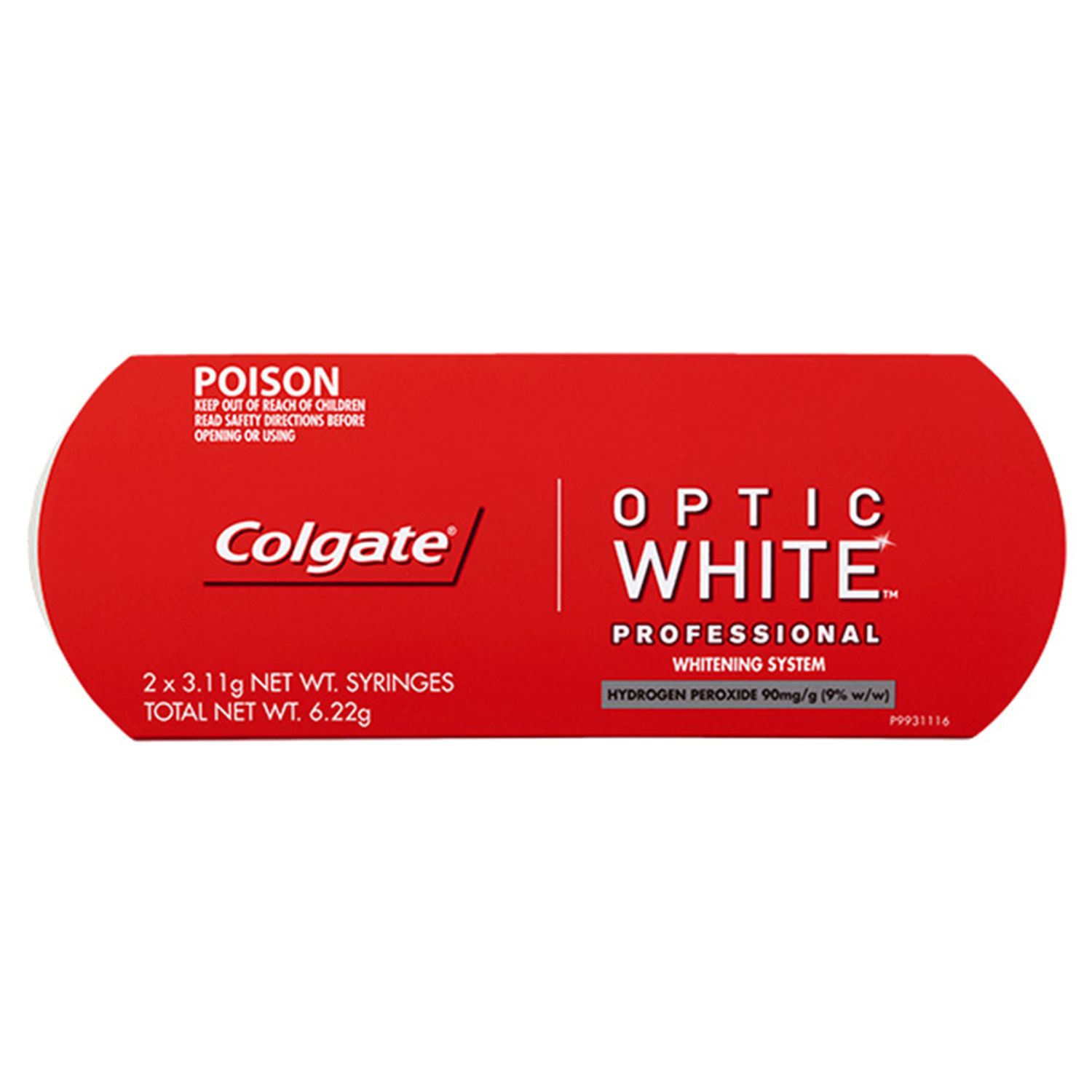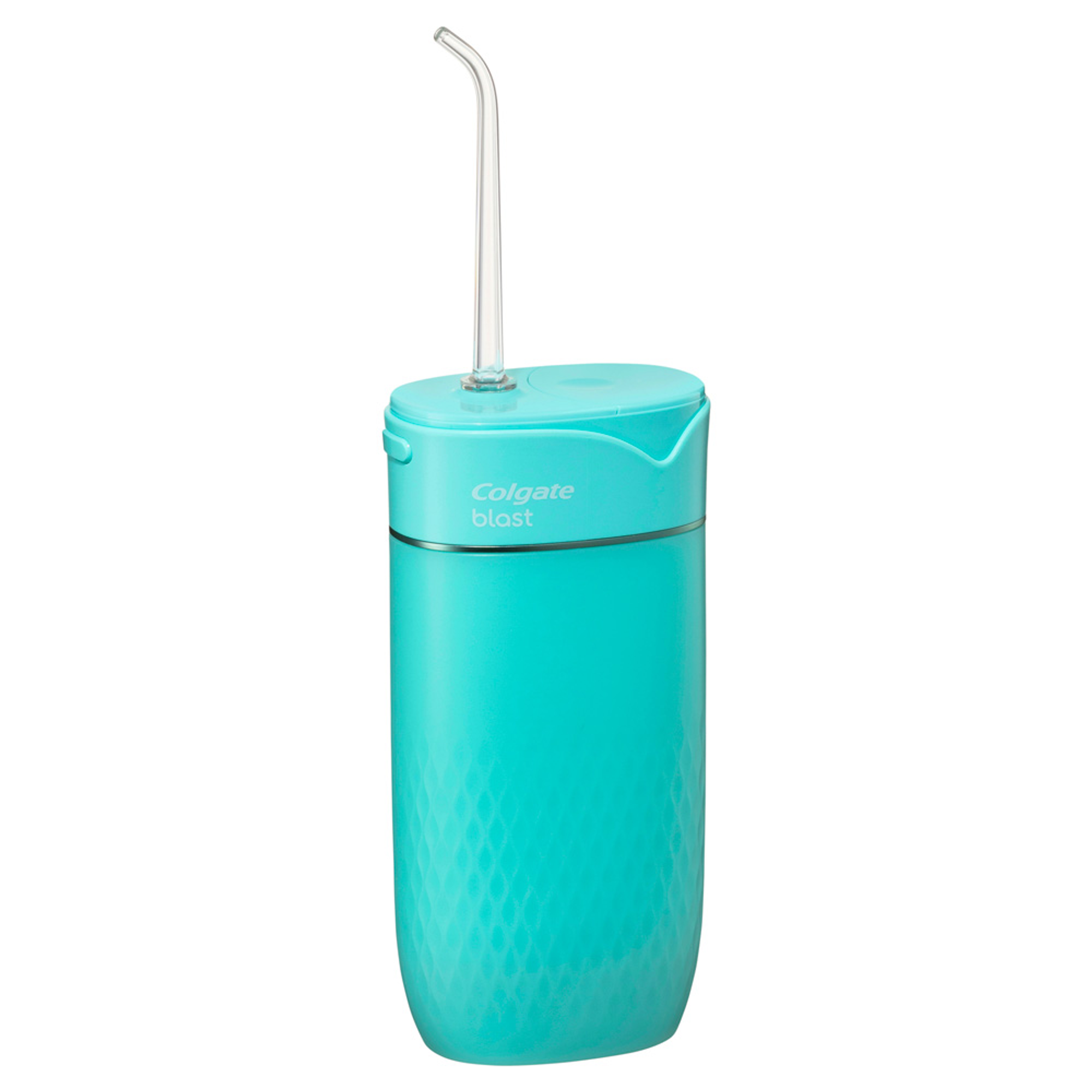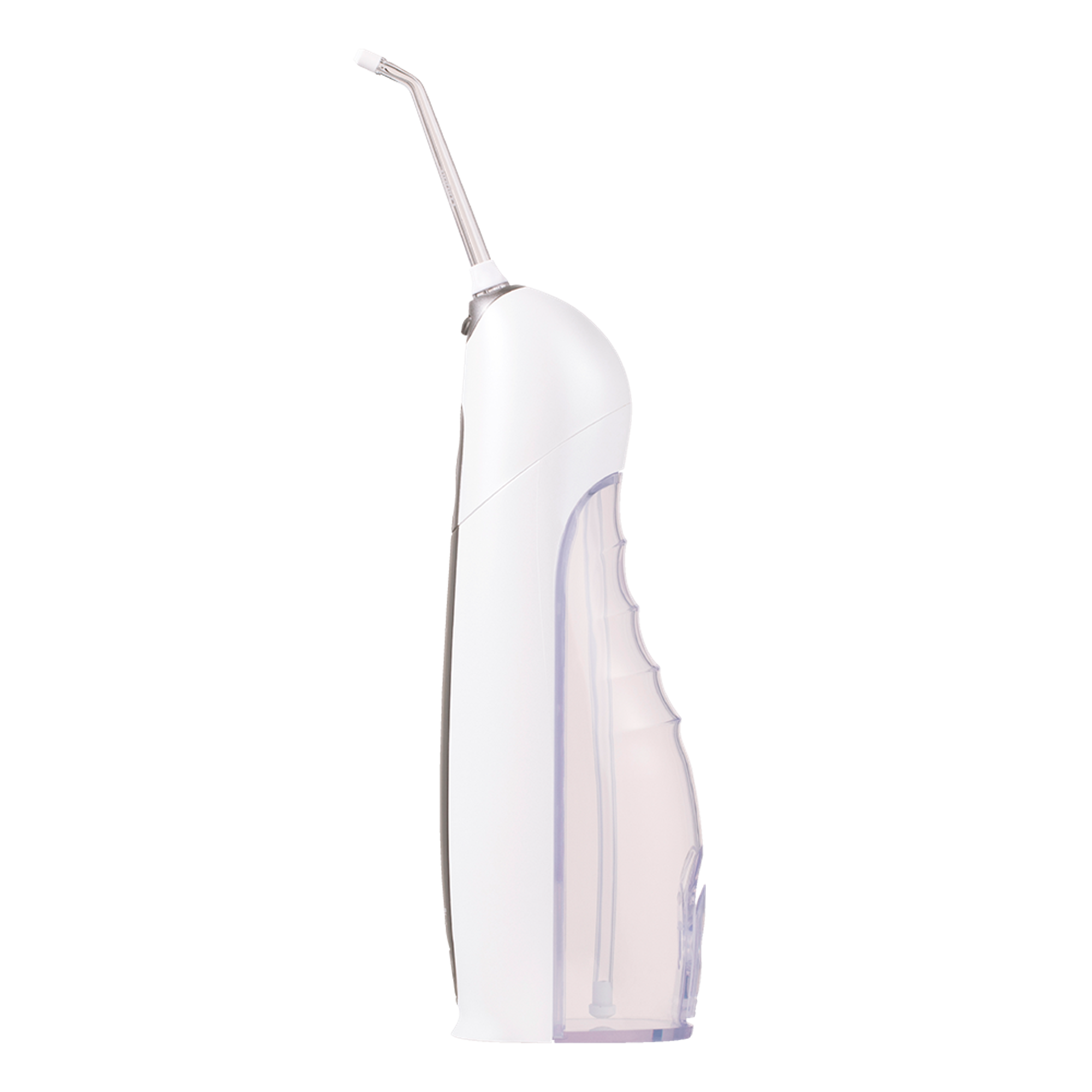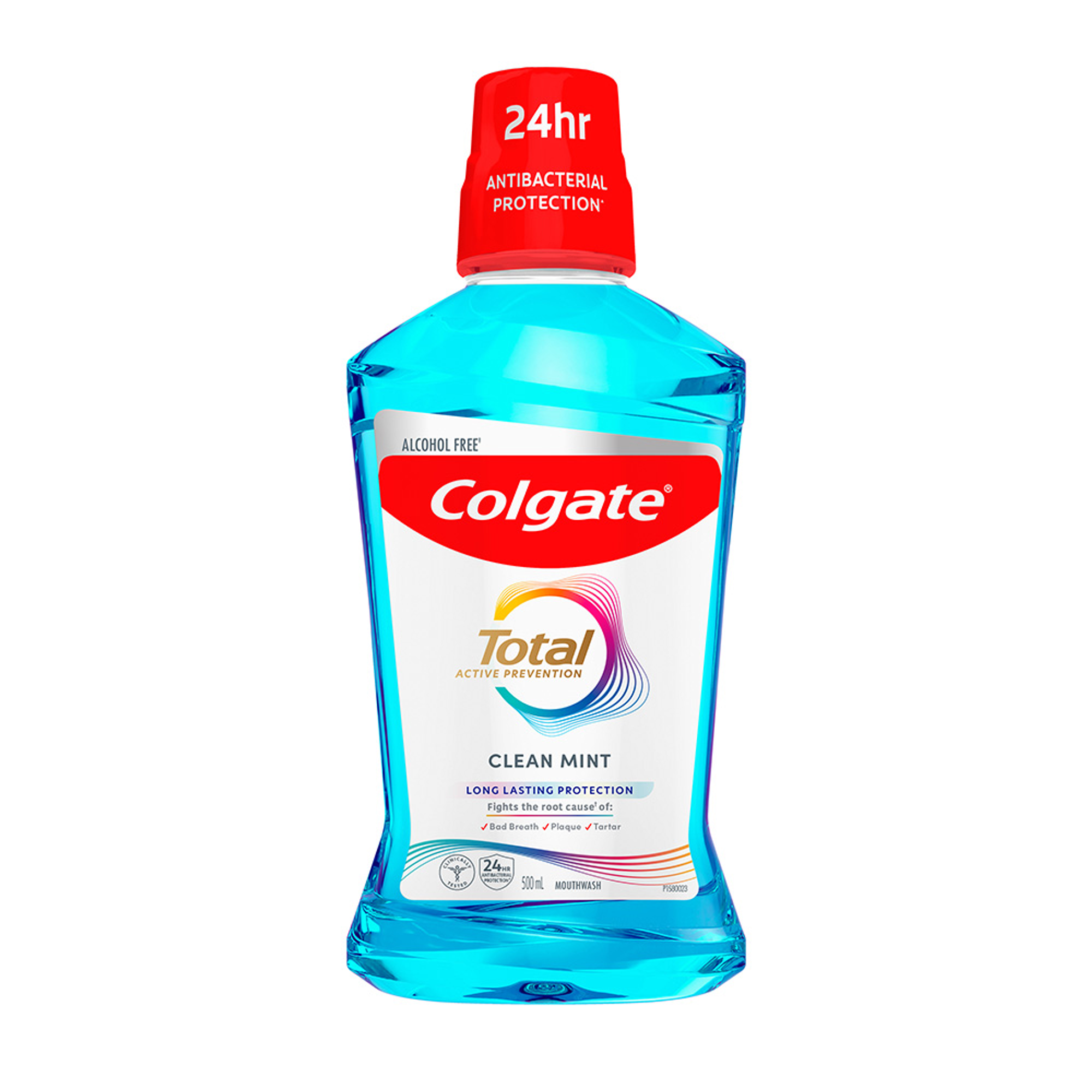
Having finally secured that coveted first job, the reality of life after dental school slowly sets in. New to a land without tutors casting a watchful eye over our shoulders, imposter syndrome is rife. While setting forth empowered with four or five years of dental knowledge, the reality of stepping into practicing life is that we frequently encounter difficult situations that make us feel out of our depth.
Adapting to the time pressures of real-world dentistry is one of the biggest hurdles that new graduates face. Gone are the days of three-hour appointments for exams and diagnostics. Building clinical agility while maintaining a high standard of care is notoriously gruelling, but it’s essential to avoid the temptation to cut corners to stay afloat. Thankfully, empowered with trusty assistants, I’ve grown to appreciate the joys of four- (and six!-)handed dentistry in streamlining workflows and eliminating the need for contortion to achieve direct maxillary vision while suctioning with my non-dominant hand. More importantly, though, the insight and patient management skills that experienced staff can bring to every interaction is an exceptional asset to early-career dentists.
Clinical decision-making and committing to treatment plans can also present significant challenges. Without years of experience to anticipate how our chosen management plan will pan out, we’re often hesitant to make irreversible decisions when curly cases arise. To supplement this deficiency, we’re accustomed to having professors and clinical staff to hold our hands to validate our thinking, but how do we proceed in their absence? Input from specialists and discussions with mentors can help to set us in the right direction, but, especially for patients with urgent needs, not having help directly on-hand can be difficult. Being assertive and confident in one’s decision-making is something that does not come naturally to new grads in the trough of their professional Dunning-Kruger curves. While I maintain that self-awareness of our professional limitations is paramount to our practice of a safe scope of dentistry, talking to my newly-graduated peers has highlighted that we’re all in need of a gentle nudge in the right direction to facilitate our pursuit of the best treatment plan for our patients.
During our dental school years, we were exposed to a subset of knowledge required for basic clinical survival and are indubitably deficient in many areas of our practice. Additionally, while different tutors may introduce us to new techniques and alternative ways of approaching clinical scenarios, we are typically taught each discipline in one particular camp of thought. Navigating the real world of dentistry, we need to continue to evolve our knowledge base to achieve an equilibrium between evidence-based dentistry, artisanal craftspersonship and remaining contemporary with recent developments. Albeit important to maintain a critical eye in appraising emerging techniques and technologies, it’s often not until we meet clinicians outside our academic bubbles that we might realise that adopting an alternative modus operandi might make more practical or theoretical sense.
Assessing the difficulty of procedures is something that is generally neglected in dental school curricula. While we are proficient in diagnosing dental and periodontal disease, the mechanical “tooth is broken. I will fix/extract it” mindset that follows can rapidly come unstuck. Having now been tested by third roots on lower molars and cracked upper 6s with excellent bone support, I’m more in tune with where my exodontic comfort zone lies, but there’s a long journey ahead. As new grads, part of our learning curve also involves coming to terms with the follies of our herodontic optimism in attempting to breathe life into teeth that an experienced clinician may deem unrestorable.
While we likely haven’t been in one place for long enough to have seen our own treatment fail, there’s plenty to be gained from witnessing clinical misadventures or inheriting cases where treatment is left incomplete or has not progressed as intended. This could take the form of troubleshooting a repetitively debonded crown, identifying a barrier to the healing of a persistent periapical radiolucency or finally putting one’s finger on the underlying cause of plateaus in a patient’s periodontal health despite meticulous debridement and improvements in oral hygiene. With every clinical challenge comes a great learning opportunity.
Notwithstanding that it’s easy to feel isolated as our cohorts inevitably disperse on entry into the workforce, our generation is ever-connected through various online platforms. Such platforms can represent a valuable resource for the sharing of knowledge in a profession of predominantly sole-practitioners, but they can also distort the perceived reality of our colleagues’ practicing lives. The world of Instagram Dentistry is commonly used as a highlight reel for some who post ideal aesthetic outcomes without mention of the obstacles that they have faced along the way. We similarly encounter posts about blissfully cooperative kids, when the reality that we might face is of children whose concept of our profession has been shaped by parents who inadvertently create expectations of pain. While it’s important to celebrate our personal accomplishments and such content can be motivating to some that consume it, it can dissuade others who don’t enjoy the same successes. Our own personal growth should be our benchmark.
In a profession that attracts perfectionists, spiralling into a cycle of disparaging self-talk and despair over less-than-ideal treatment outcomes is a ubiquitous experience amongst dental students and professionals. Yes, this response rightfully signals that we care deeply about our patients and the standard of dentistry that we practise, and critical appraisal of one’s own work is fundamental to our growth. However, intense scrutiny of every detail can be incredibly destructive and overwhelming without perspective. We must all learn to self-regulate before such critiques make survival of the workday a seemingly insurmountable challenge that culminates in a snowball of slip-ups if each appointment is marred by lost confidence and intrusive thoughts. This is where the art of compartmentalisation is crucial (although much more easily said than done), and taking a moment between patients to stretch, find some fresh air and rehydrate can make a huge difference.
There is truth to the cliché that dentistry lends itself to a career of life-long learning. Everyone’s first year in practice inevitably alerts them to countless aspects of their practice that require development, but reflection with other early-career colleagues corroborates an appreciation of how far we’ve all come since our early days as qualified dentists. If we surround ourselves with bright minds and motivated colleagues, there’s immense scope for technical and interpersonal growth to serve our patients as we mature professionally throughout our careers. It’s also important to maintain friendships and hobbies outside of dentistry to remind ourselves that self-worth is independent of how nifty a contact point is or a root-tip in a sinus. Here’s to hoping that every sleepless night of treatment planning rumination be offset by the joyful tears of grateful patients whose smiles we carefully restore.
Bio:
Emma, a founding member of the Colgate Advocates for Oral Health: Editorial Community, completed her Doctor of Dental Medicine at the University of Western Australia as the Australian Dental Graduate of the Year 2020. She is passionate about contributing to the future of oral health through dental education, community engagement and research. She hopes to share her insights to encourage members of the dental profession to reflect on opportunities for personal and professional growth to benefit our patients and the wider community.
Join us
Get resources, products and helpful information to give your patients a healthier future.
Join us
Get resources, products and helpful information to give your patients a healthier future.











